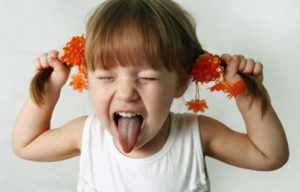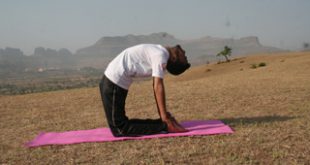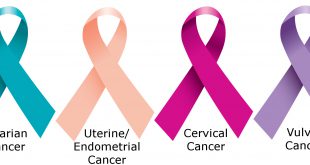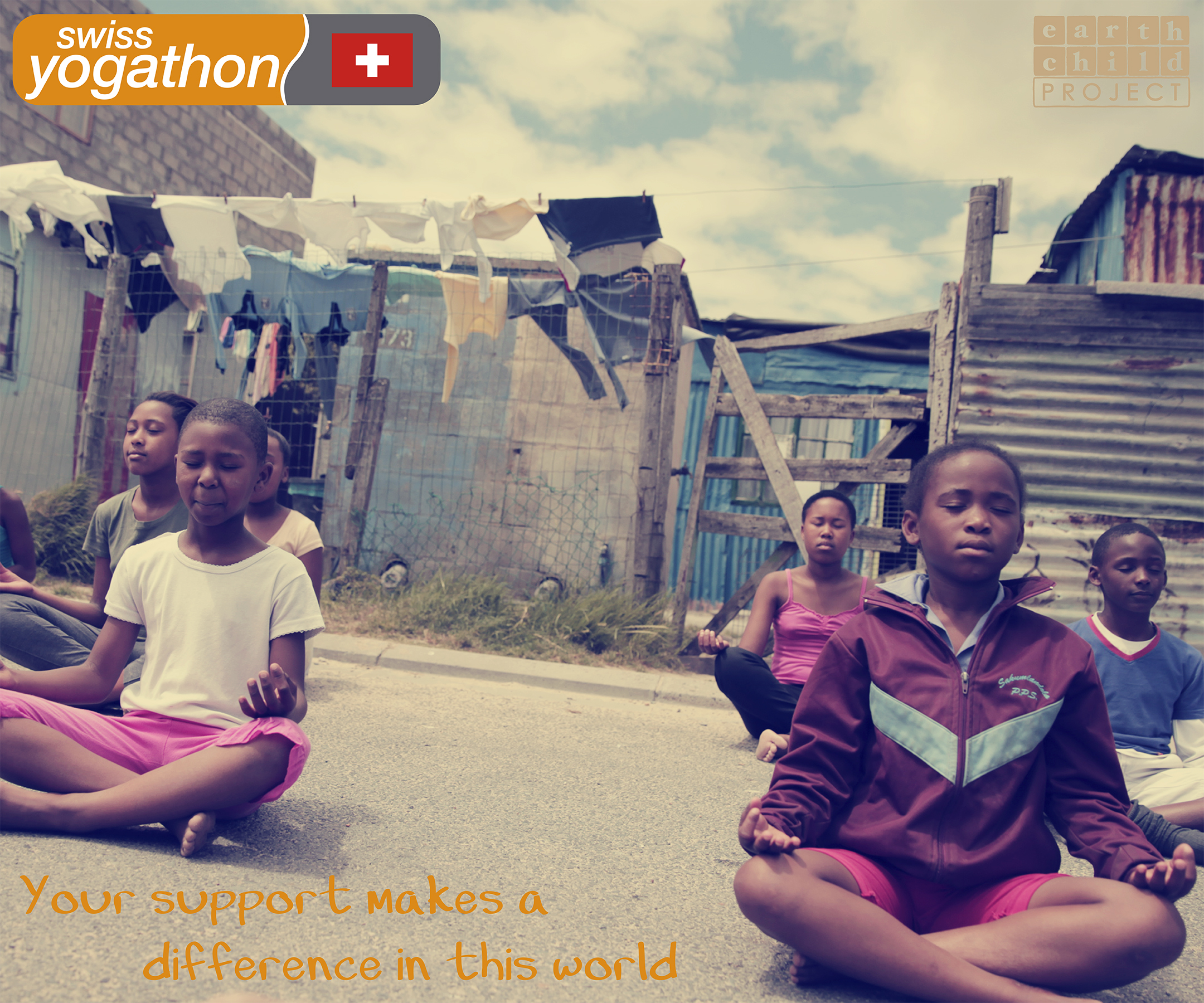Hyperactivity is a state of being unusually or abnormally active. One of the main disorders associated with hyperactivity is Attention Deficit Hyperactivity Disorder or ADHD. Â It is one of the most misunderstood, misdiagnosed and incorrectly managed disorders. It is also one of the most commonly diagnosed child psychiatric disorders.
There are three primary characteristics of ADHD which are inattention, hyperactivity and impulsivity, however, children with ADHD may be inattentive but not hyperactive or impulsive, or hyperactive and impulsive, but able to pay attention.
Children who only show signs of inattentive symptoms of ADHD are often overlooked as they are not disruptive, however, these symptoms have consequences such as getting into trouble with parents and teachers for not following instructions, under performing at school and disagreements with other children for not playing by the rules.
In infancy, the following signs have been reported for many hyperactive/ADHD children, for instance, being very restless, crying and difficult to settle, colic and sickness linked to feeding, night terrors, cot rocking or even head banging.

The most obvious sign of ADHD is hyperactivity. In children, this manifests itself as talking excessively and interrupting people while they are speaking, moving around constantly, touching and playing with everything they see, difficulty in sitting still, relaxing or playing quietly, doing several things at once and rapidly changing from one activity to another.  They are easily distracted and forget things, have trouble with instructions, completing homework and trouble controlling their emotions. Even when forced to sit still, which is very difficult for them, inevitably their leg is shaking, foot is tapping or fingers are drumming.
In the past, uncontrollable behaviour in children was seen as a failure in the moral conduct of the child or bad teaching by the parent, or both. The prescribed ‘treatment’ was often physical punishment.
The school setting requires children to sit still, be quiet, listen, pay attention and follow instructions. These are the very things that hyperactive children struggle with, not because they aren’t willing, but because their brains won’t let them. Meditation for children is one of the first solutions to look at.

Because we expect very young children to be easily distracted and naturally quite active, it’s the impulsive behaviours that often draw attention in preschool children with ADHD, but by age five most children have learned to pay attention and to sit quietly when instructed to do so.
Researchers have found that much of the risk of hyperactivity runs in the genes, although it can also be related to mental and physical disorders such as ADHD, hormonal imbalances like hyperthyroidism, brain or nervous system disorders or psychological disorders. It can also relate to an emotional disorder. Among the non-genetic factors that may increase a child’s risk are smoking or drinking during pregnancy, birth complications, food additives like artificial colouring or exposure to lead or other toxic substances. Over the past 100 years, western diets have undergone a change in which the Omega 3 fatty acids, essential for brain function, have been overwhelmed by Omega 6 fatty acids coming mainly from the industrial preparation of takeaways, ready meals and fast foods including snack foods which are common in today’s diet. Children should have good quality, nutritious fresh foods and avoid sugary, processed food as far as possible.
There is also no supporting evidence that links TV or video games with hyperactivity, although studies have found that children who spent more time playing video games were more impulsive and had more attention problems. Researchers are reluctant to say whether there is a direct link between gadgets and hyperactivity, although there are strong parallels between the increase in diagnoses and an increase in screen time. Hyperactive children may be seen to be uncharacteristically still and concentrating whilst playing games, although the focus is not the same form of attention needed for school and life. When children play games, they are focusing on many things happening at one time. The focus is short and fast-paced. In the games, they earn points, move up to higher levels and unlock different characters . Their brains are rewarded by an increase in dopamine, a neurochemical that is released every time they ‘win’.
Despite being hyperactive, it doesn’t mean these children cannot succeed at school, as there are many things parents and teachers can do to help, starting with evaluating the child’s individual weaknesses and strengths and then implementing strategies to help the child focus, stay on task and learn to their full capability.
Parents can reduce the signs and symptoms of hyperactivity without sacrificing the natural energy, playfulness and sense of wonder unique in every child. This starts by respecting them and accepting them for who they are and by being realistic in the expectations and demands. This is in the roots of yoga.
Hyperactive children are first and foremost children. They need lots of love, support and encouragement. They also need consistent rules they can understand and follow. A daily routine including set times for waking, eating, homework, outdoor play and indoor activities should be established and adhered to. If there are any changes in the routine, these should be communicated as far in advance as possible. Praise should be given when rules are followed. Hyperactive children often receive and expect criticism. Look for good behaviour and praise it. Speak softly and get down on the child’s level when talking to them. Avoid raising your voice with them as they may not be able to ‘hear’ you. Use positive language and tell them in a clear, calm voice what you want from them as opposed to what you don’t want.
Besides prescribed medication like Ritalin, which increases the activity of dopamine, cognitive behavioural therapy is a common practice used to treat hyperactivity, as it aims to change your patterns of thinking and behaviour.
And what about yoga?
Therapist may recommend relaxation , Yoga Nidra. In relaxation therapy and in Yoga, children are taught how to relax and stay calm by doing deep breathing exercise and relaxing different muscle groups. There are many aspects of yoga suitable for this situation and we invite you to refer to a yoga expert.







